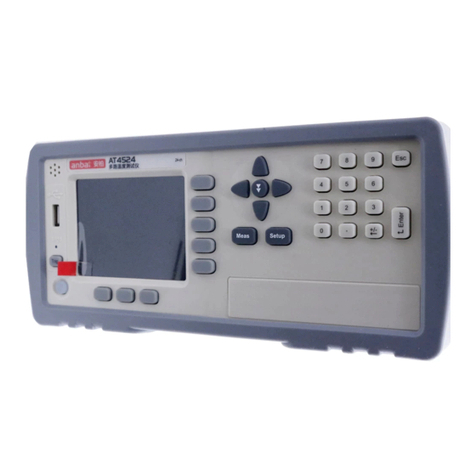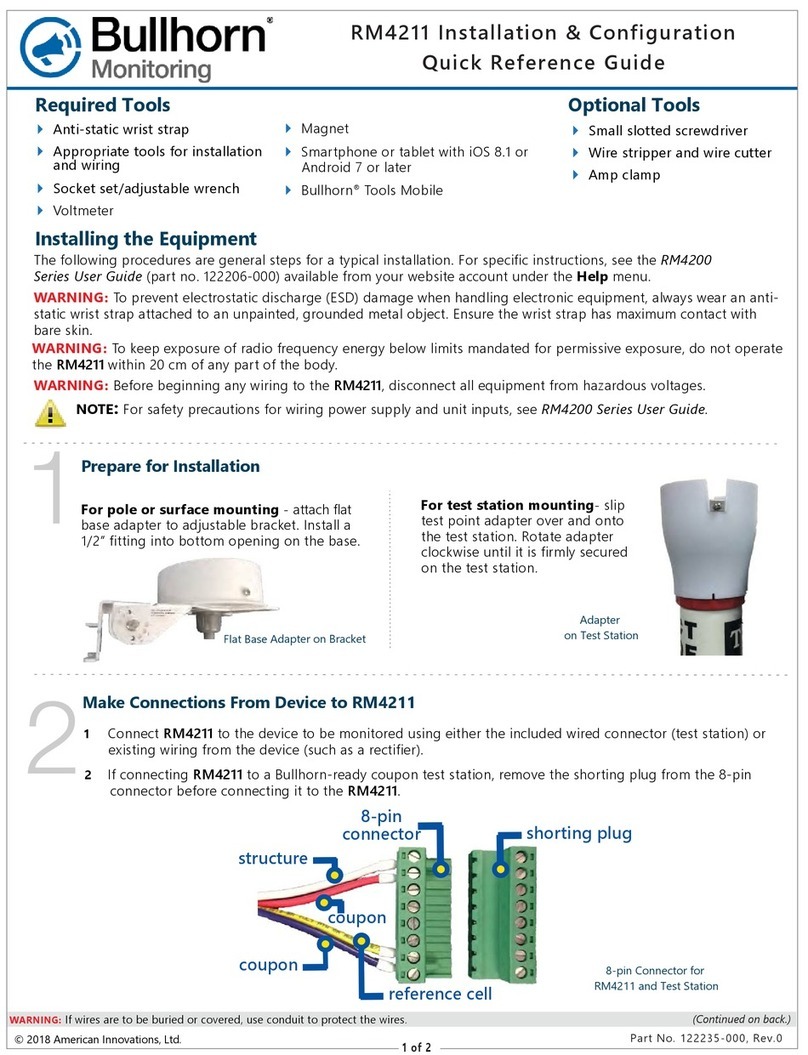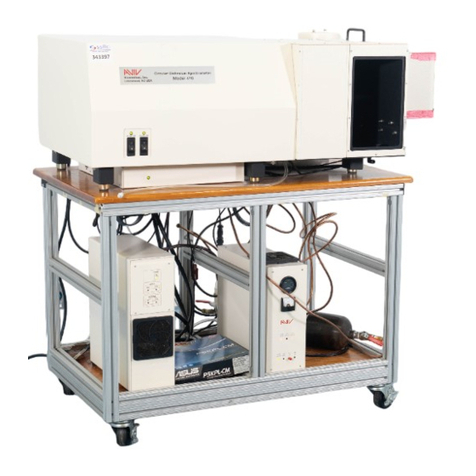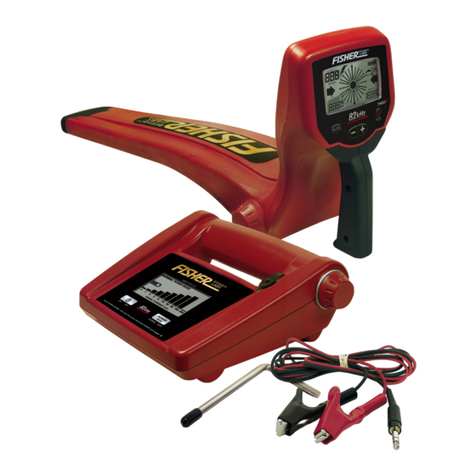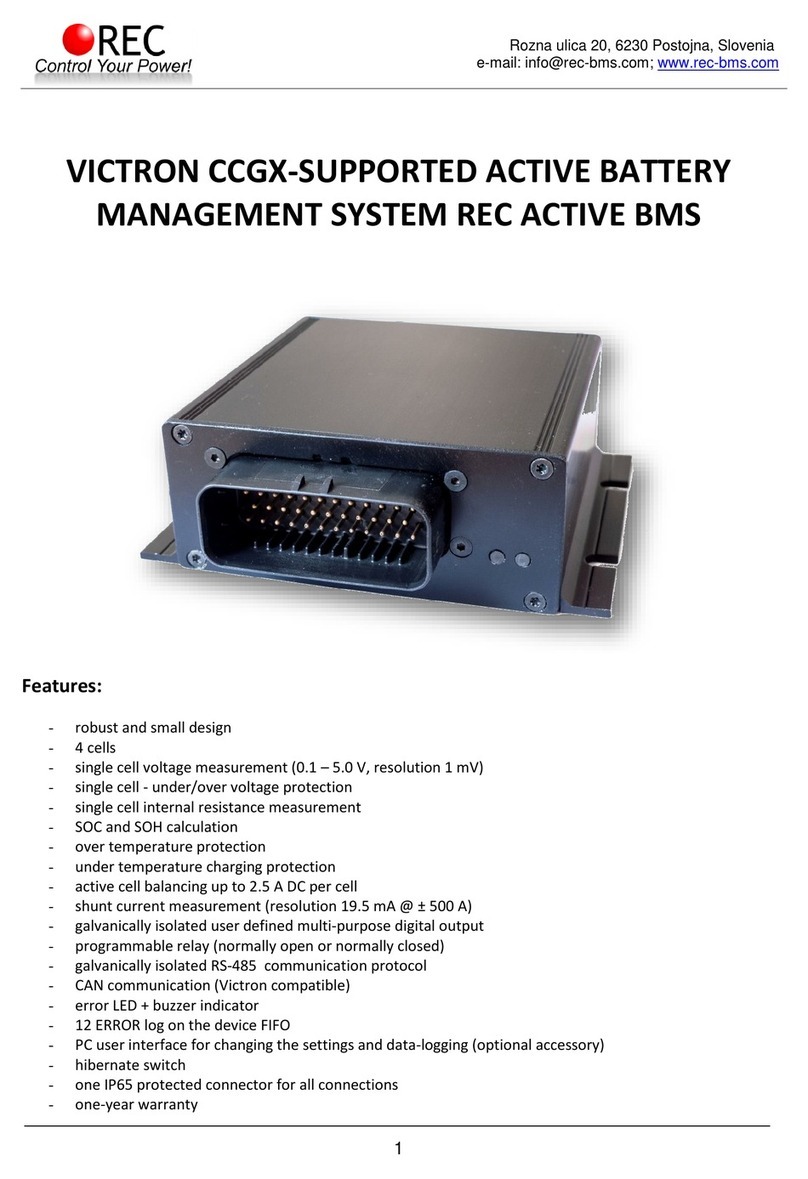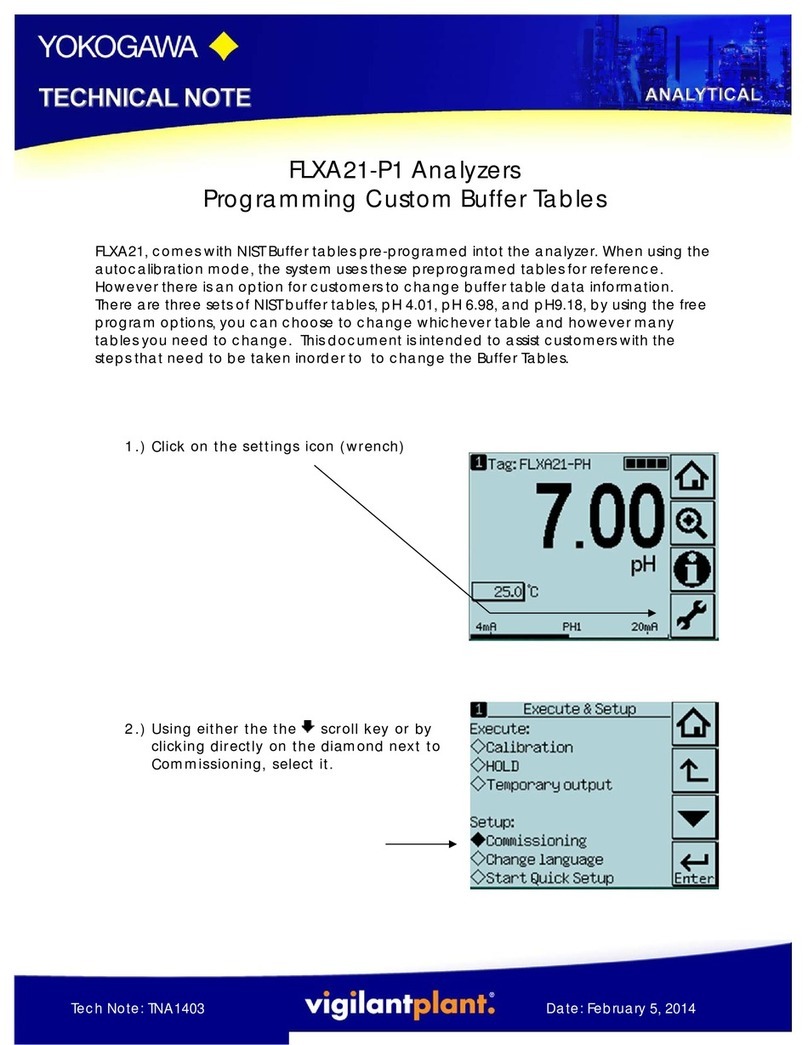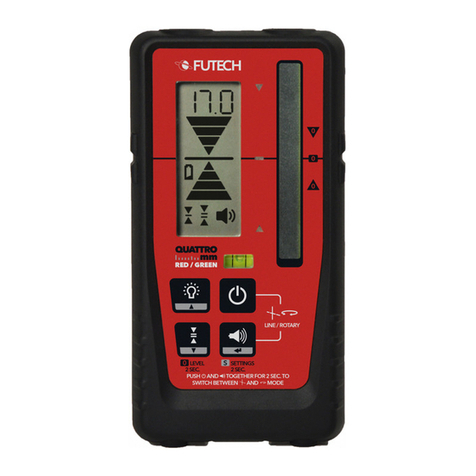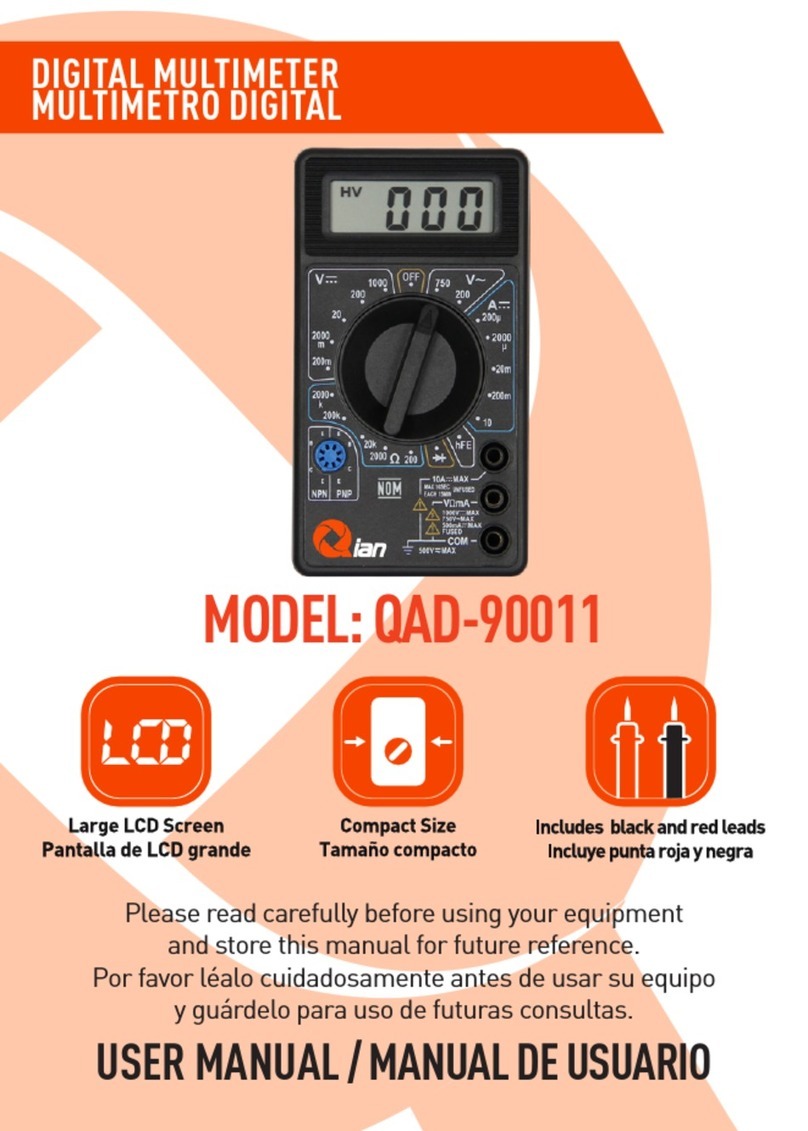LINE SITE LSL-210 User manual

Operating Manual

WARNING AND CAUTION
•While the instrument is operating, be careful not to expose your eyes to the
emitting laser beam. Exposure to a laser beam for a long time may be
hazardous to your eyes (laser beam: equivalent to Laser Class 2 Standard).
•Do not try to dismantle the instrument. Have it repaired by your dealer or
supplie r.
Se lf-Disma ntling may worsen the proble m.
•When attaching the instrument to a tripod, make sure the instrument is
securely fixed to the tripod and the tripod leg clamps should be securely
fastened. If not securely fastened or tightened, the main unit could fall off
or the tripod could fall ove r.
•When setting the tripod, be aware of the tripod shoes which are sharp.
These sharp points allow tripod to be securely positioned on the ground.
Operate this laser product with the height of laser avoiding that of eyes of
vehicle drivers or pedes trians. Avoid putting the laser on a hig hly reflective
material such as mirror. When disposing of this instrument, take a measure by
removing the batteries so that the laser will not be emitted.

Introduction
Congratulations on the purchase of your Linesite LSL 210 Series Laser.
Although simple to use, we recommend that you read this manual before
operating the laser.
Description
The Linesite LSL210 is ideal for general construction, site preparation,
vertical alignment and squaring. and other leveling applications. It
automatically self-levels in horizontal and vertical modes can be used for
manual grade as well.
1. Functions
This instrument is equipped with the red semiconductor diode with
wavelength of 635nm. And the laser module of instrument will rotate freely
to form a laser-scanning surface. Emitting direction of rotary laser-beam
illustrated as follows:

Horizontal Position Vertical Position
When the instrument is set upright, it will emit laser-beam to form
a 360-degree horizontal scanning surface and a plumb dot
automatically. When set horizontally, it will form a 360-degree
plumb scanning surface and a plumb dot.



2.3 Main Panel Explanation
(1) ON/OFF: Controlling the state of power.
(2) Power indicator: When on, the instrument is starting up. Otherwise it is
shutting down.
(3) Mode indicator: When on, the instrument is leveling manually. When it
blinks, it stays in alarm. (The slope of the instrument is out of range).
(4) Key of Automatic drift system model: Warns the user for a misaligned
device
(5) Anti-shocking Alert indicator: When the indicator is blinking slowly, it is in
Automatic Drift System model. When the light is twinkling quickly, the laser
level will not level.
(6) Rotary Speed: Adjustment. Speed of scanning includes 5 Speeds:
0-60-120-300-600 RPM

2.3 Main Panel Explanation - Continued
(7) Directional scanning: Circling knob.
Angle of scanning includes 5 levels:0-10°-45° -90°-180°
(8) Manual/Automatic: Controlling the mode of leveling.
(9) Left-spinning: Making the laser module step-move counter-clockwise
when the laser module is power off or it is scanning directionally.
(10) Right-spinning: Making the laser module step-move clockwise when the
laser module is power off or it is scanning directionally.
(11) X-axis: Adjusting the slope of X-axis when the instrument stays in manual
mode.
(12) Y-axis: Adjusting the slope of Y-axis when the instrument stays in manual
mode.

3. Directions:
3.1 Battery
Please Note - Ni-MH Rechargeable battery pack is pre-installed
4x Alkaline (Size C) pack is included in the case
3.2 Instrument Placement
3.2.1 Horizontal scanning
Lay the instrument on the tripod or stable flat surface, or even hang it on
the wall. Set upright the instrument and keep the slope of instrument
within the range from -5°to +5°.
3.2.2 Vertical scanning
Lay the instrument on the flat surface and keep the slope of instrument
within the range from -5°to +5 °.

3.2 Operations
3.3.1 Power
Press the Key ON/OFF to bring automatic leveling into function when the
power indicator lights.
When Power indicator lights, it shows the voltage of the batteries is
insufficient. Then the rechargeable batteries need to be charged.
Press the Key ON/OFF again to switch off the instrument and power
indicator will go out.
3.3.2 Leveling
Press the Key ON/OFF to bring automatic leveling into function when the
laser beam begins to wink. After automatic leveling, the laser module will
rotate at the speed of 600 r.p.m.
If the instrument is placed improperly, or the slope of instrument exceeds
the range of ±5°, at that moment mode indicator and the laser beam will
wink together. Then place the instrument properly.

3.3.3 Spinning
(1) Continuous spinning
Press the Key “Rotational speed adjustment” to control the spinning speed
of the laser module. If press the key repeatedly, the spinning speed
of the laser module will continuously change as follows:0-60-120-
300-600-0 RPM
(2) Stepping spinning
Locate the Key Speeding-up at speed of 0 r.p.m, the laser module will stop
spinning. And press the Key Right-spinning, the laser module will
step-move clockwise. Then if press the Key Left-spinning, the laser
module will step-move counter-clockwise.
3.3.4 Directional scanning
(1) Locate the Key Speeding-up at speed of 0 RPM, the laser module will
stop spinning. Press the Key Directional scanning; the laser module

will scan directionally. If press the key repeatedly, the angle of
scanning of laser module will continuously change as follows: 0°-
10-°45º-90-°180°-0°.
(2) Press the Key Left-spinning or the Key Right-spinning to change the
direction of scanning.
3.3.5 Slope Adjustment
When the instrument is set upright to do horizontal scanning, the slope of X-
axis and Y-axis can be set.
Press the Key Manual/Automatic when mode indicator lights, the instrument
enters the mode of manual leveling. When the instrument is set upright to
do horizontal scanning, the slope of X-axis and Y-axis can be set. Press the
Key Manual/Automatic when mode indicator lights, the instrument enters the
mode of manual leveling.

1 Slope of X-axis
a. Aim the X1-beam to the direction of the slope required then to
adjust.
b. Press the Key or to move the laser beam up or down.
(2) Slope of Y-axis
(3) Quit slope adjustment mode
Press Manual/Automatic key again. After mode indicator goes off, the instrument
then will quit the slope adjustment mode and will self-leveling again.

4. Power
When the voltage indicator lights, the batteries need to be charged immediately.
Connecting the charger with AC, insert the plug of charger into the plughole at the
bottom of the instrument (As depicted above).
If the red indicator of charger lights, it shows the batteries are being charged.
If the green indicator of charger lights, it shows the recharging has finished.
Notices:
(1) Using the standard rechargeable batteries of the instrument, recharging will be
finished within 7 hours.
(2) Power required for the charger: Frequency: 50-60HZ; Voltage: 85-265V.
(3) Charging and using of the instrument can progress simultaneously.
(4) If keeping the instrument in storage (or Leave the instrument unused for a long
time), the batteries (dry battery or rechargeable battery) need to be taken out.
(5) Brand-new rechargeable batteries or long-time unused rechargeable batteries
need to be recharged and discharged three times to attain the capacity required.

5. Remote
The remote control of the instrument adopts the infrared technique.
Aim the aperture of infrared ray to the instrument (as depicted below) to bring
remote controlling into function (Available distance: indoor: 20M; outdoor: 15M).
The keypad panel includes 9 keys; the indicator on the RC will blink to show the
operating signal has been sent out once pressing any key.

6. Accuracy Checking
6.1 Horizontal-surface Checking
(1) Place the instrument at the point of 50m in front of wall (or set a scale plate
at the point of 50m away from the instrument), and then adjust the level of
the base approximately to aim the X1 to the wall (or scale plate), as
depicted below:

(2) After switching on the power, use the laser detector measuring the h1 of
X1-beam on the wall or scale plate.
(3) Loose the screw of the tripod, turn around the instrument for 180° to
measure the h2 of X2-beam on the wall or scale- plate. The method
should be the same with h1.
D-value between h1 and h2 ought to be less than 10mm.
(4) Check the Y-beam in the same way.

6.2 Horizontal line Checking
(1) Place the instrument between two walls with the distance of 30m (or
two scale plates with the distance of 30m).
(2) Place the instrument according to horizontal setting and then adjust
the instrument.
(3) Switch on the power, and then measure the middle point of the laser
beam on the wall (or scale plate).

7. Specifications
Leveling Accuracy (H/V)
±2.4mm at 30m / ±3mm at 30m
Leveling Range
±5º
Working Range with Receiver
(Diameter) depending on working
environment
Diameter:650m
Visible Working Range depending
on working environment
40m
Spinning Speed
0、60、120、300、600 r.p.m
Directional-Scanning Angle
0º、10 º、45 º、90 º、180 º
Slope-adjusting Range
±5º(Bi-directional)
Light Source Laser Diode, Class 2 (IEC60825-
1,2014) wavelength: 635-650nm
Remote controlling Distance
Approximately 30m
Working Temperature
-5℃-- +50℃
STORAGE Temperature
-15℃-- +60℃
RL Power Supply
DC 4.8-6V (4 section of NI-MH
rechargeable batteries) / 4 Cell Alk-
battery

RL Charging Time No less than 5hrs (Do not charge
Alkaline battery)
Hours in continuous use Approximately 34 hours
(Rechargeable) / 25 hrs (Alkaline)
RL IP
IP 65
Dimension
220mm x 220mm x 210mm
Weight
3.1kg
Remote IP
IP 54
Remote Power Supply
2AA
Laser Detector Precision
Rough Band: 3mm/ Precise Band:
1mm
Laser Detector IP
IP55
Laser Detector Power Supply
9V
Table of contents
Popular Measuring Instrument manuals by other brands

Anton Paar
Anton Paar DMA 4100 M instruction manual
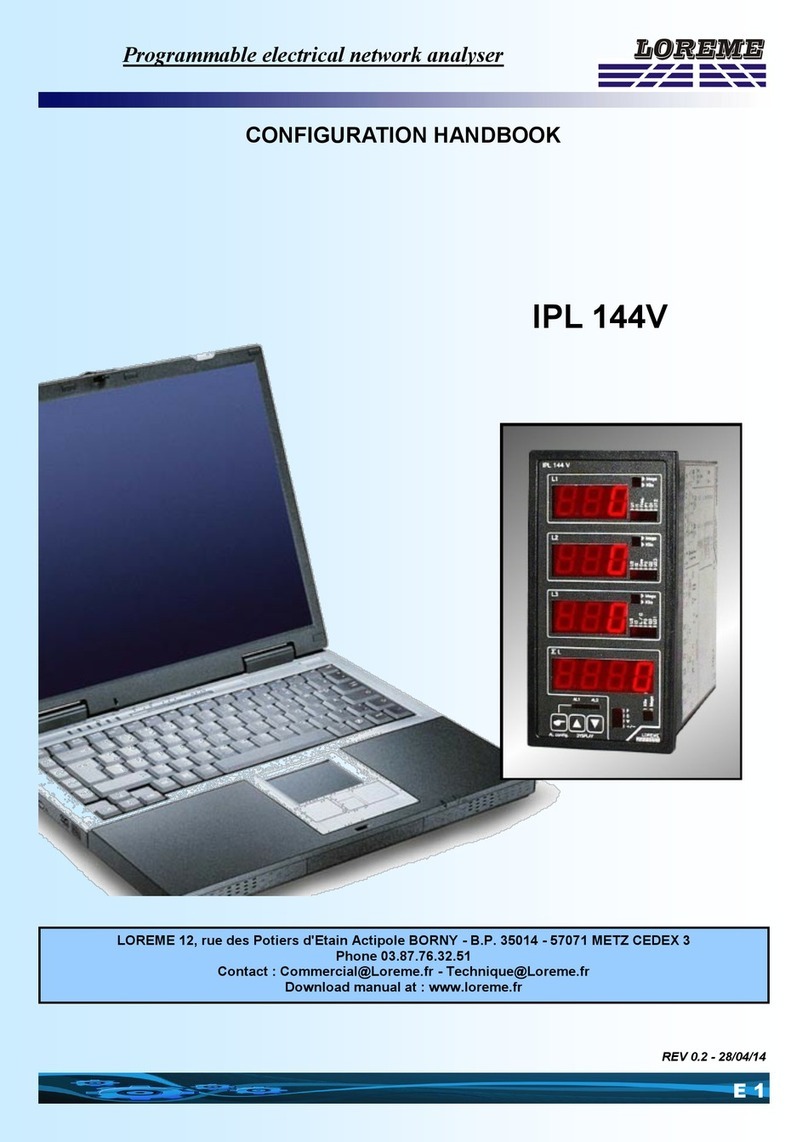
Loreme
Loreme IPL 144V Configuration handbook
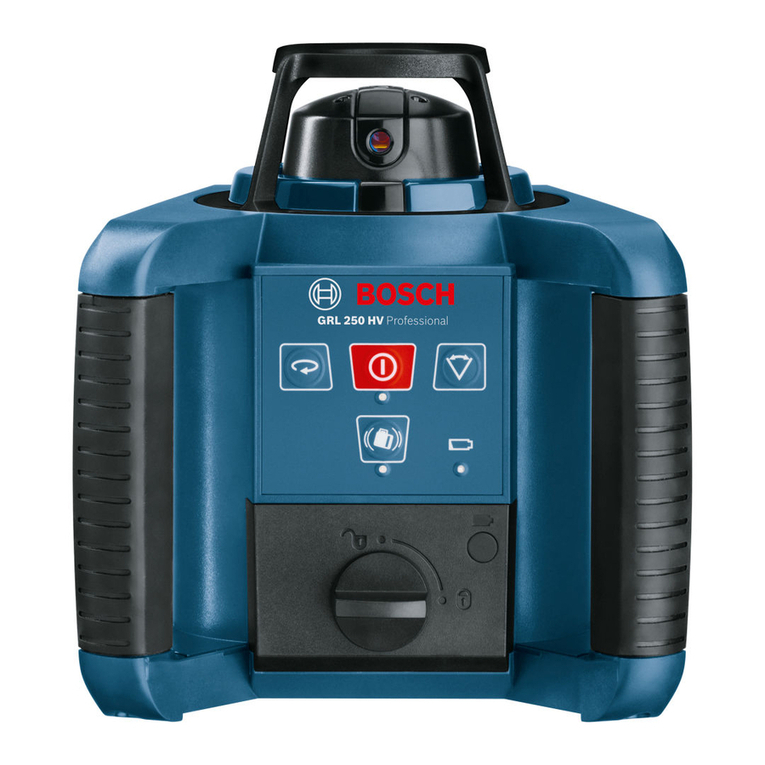
Bosch
Bosch GRL Professional 250 HV Original instructions
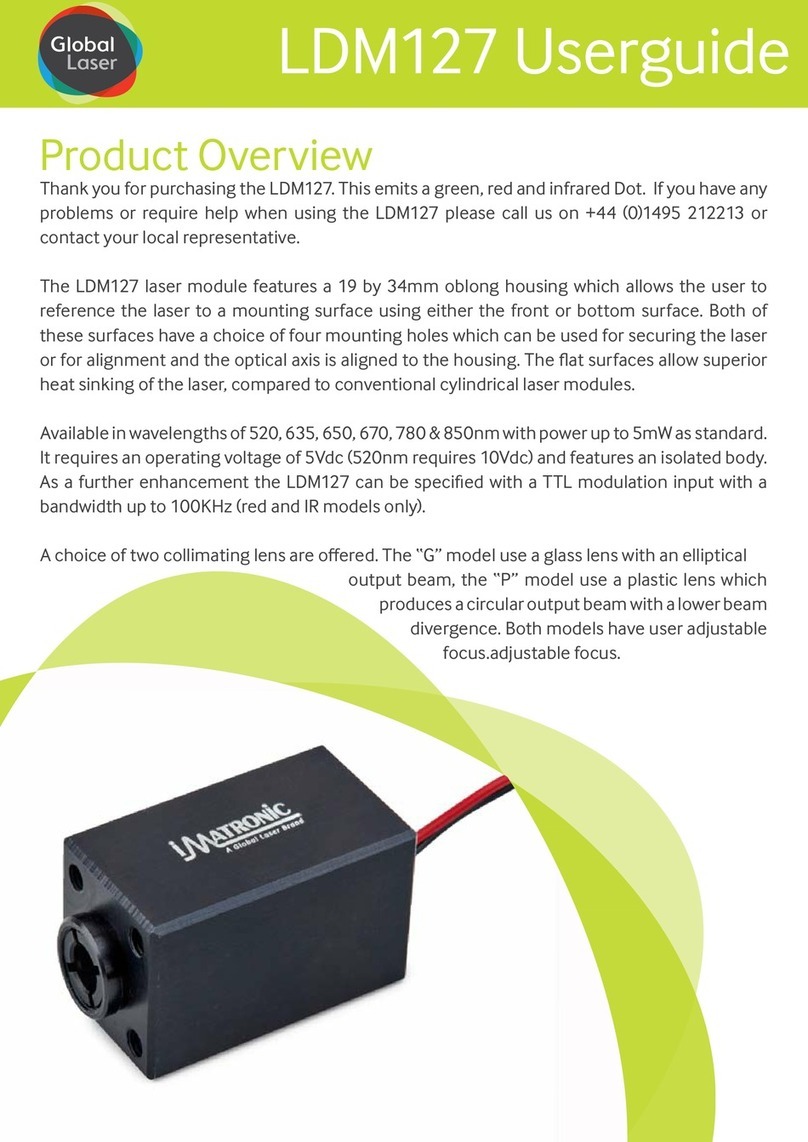
Global Laser
Global Laser LDM127 manual
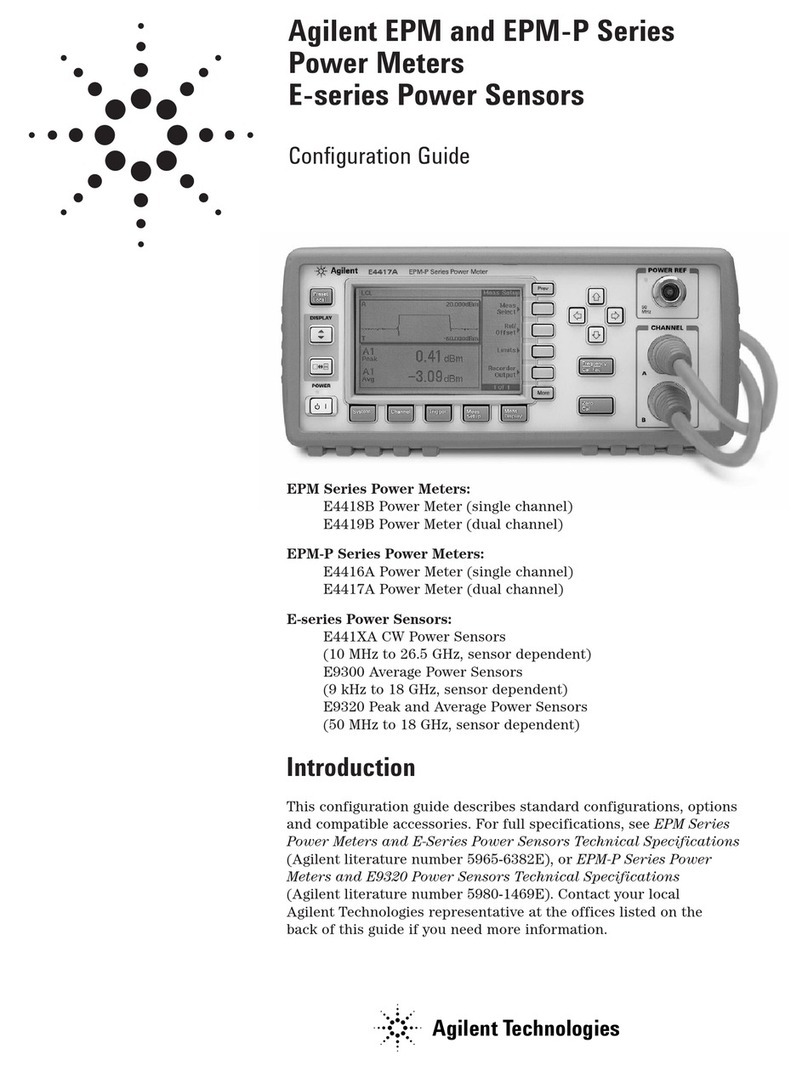
Agilent Technologies
Agilent Technologies E4418B Configuration guide
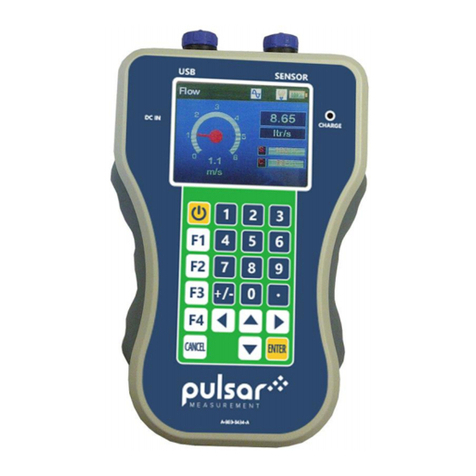
Pulsar
Pulsar FlowPulse Handheld instruction manual
